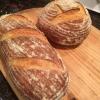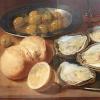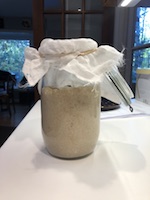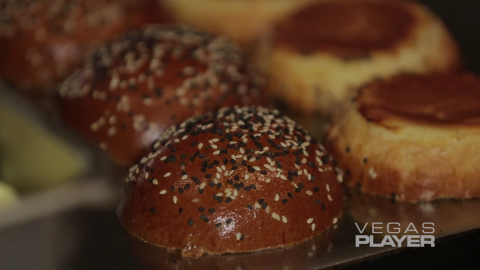
Taking this recipe further
Hi everyone, new member to the forum here.
I got hold of a nice rye sourdough starter from a local Facebook group and have baked a couple of times with the following recipe:
It's worked quite well and now I'm looking for the 'next step' to take my bread a little further, perhaps to get a slightly more sour taste from my loaves and generally just to branch out now I have this recipe under my belt.
I understand this recipe is quite basic and seems to skip a lot of steps and time compared to other sourdough recipes I've come across. Although this was one of the factors that drew me to the recipe in the first place I'm now ready to try some more advanced steps! I should add that the few times I made this bread I upped the water content a little, 175-200ml which the dough seemed to take quite well.
Please let me know how I can expand on this recipe or if you have some other simple recipes for me to try that worked out great in the past when you were starting on your sourdough journeys.
Here is the original recipe copied below:
Ingredients
- 375g/13oz strong white flour, plus extra for dusting
- 250g/9oz sourdough starter
- 7.5g salt
- 130-175ml/4-6fl oz tepid water
- olive oil, for kneading
Combine the flour, starter and salt in a large mixing bowl. Add the water, a little at a time, and mix with your hands to make a soft dough (you may not need all of the water).
Coat a chopping board or work surface with olive oil, then tip the dough onto it and knead the dough for 10-15 minutes, or until the dough forms is smooth and elastic.
Tip the dough into a lightly oiled bowl and cover with cling film. Leave to rise in a warm place for five hours, or until at least doubled in size.
Knead the dough until it’s smooth, knocking the air out. Roll into a ball and dust with flour.
Tip the dough into a well-floured round banneton or proving basket and leave to rise for 4-8 hours.
Put a tray half filled with water on the bottom oven shelf and preheat the oven to 220C/425F/Gas 7.
Gently tip the risen dough onto a lined baking tray. Bake the loaf for 30 minutes at this heat, then reduce the heat to 200C/400F/Gas 6 and bake for a further 15-20 minutes. Cool on a cooling rack.
























